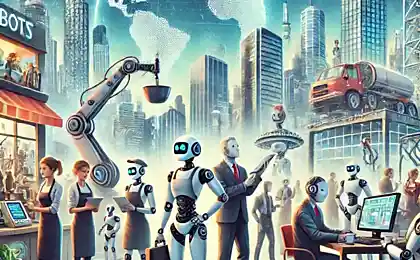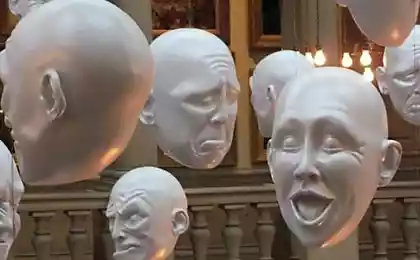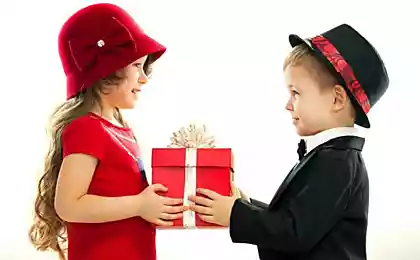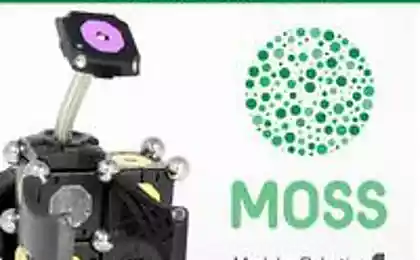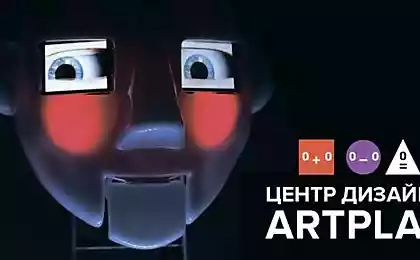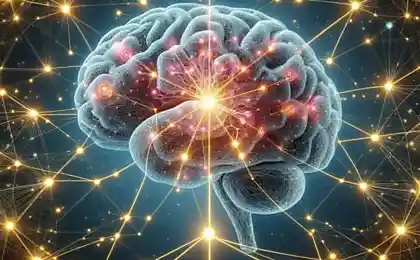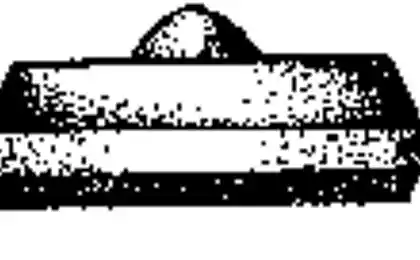1471
10 humanoid robots created in the likeness of human abilities and emotions
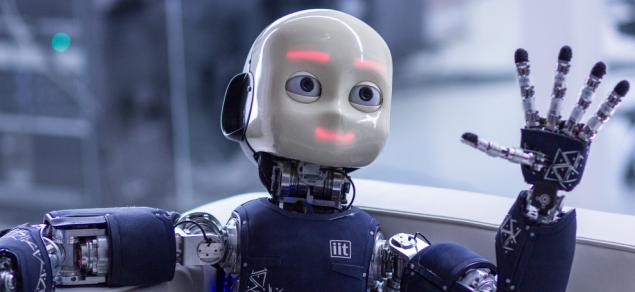
At the end of last year supposed , that the development of humanoid robots will make a dramatic leap from a simple succession of Conduct Human robots, которые can walk like people, and self-aware, high-tech computer analysis, as well as emotions.
It predicts that robots will be able to fully заменить people by 2045. Искусственный Intelligence currently progressing to the point where it may be invented a new type of brain for robots that will allow them to perform more skilled tasks, hinting at the next stage in the evolution of cars.
The list of robots, developed over the past few years demonstrates that the above can become a reality a > even sooner than we think.
1. Atlas Unplugged
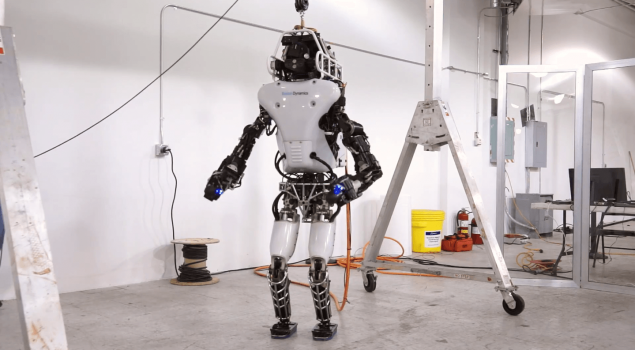
Последняя Version Atlas bit taller and heavier than the предыдущая, 1, its height is 88 m, and weight - 156, 4 kg. According to its creators, 75% humanoid updated - only the lower part of his legs and feet were unchanged.
Robot Atlas was developed by Boston Dynamics, принадлежащей Google , together with the Office of Advanced Research and Development of the Ministry of Defense. Atlas is designed to travel over rough terrain open on two legs, it can also rise with the help of hands and feet, like a normal person.
The first version of the robot, released in July 2013, required the use of electric and control cables for power and control a robot. The robot is a new generation called «Atlas Unplugged» , since it works from the battery and it can be controlled via wireless communication. It was designed to participate in the финале Darpa Robotics Challenge .
2. ASIMO and P-series from Honda
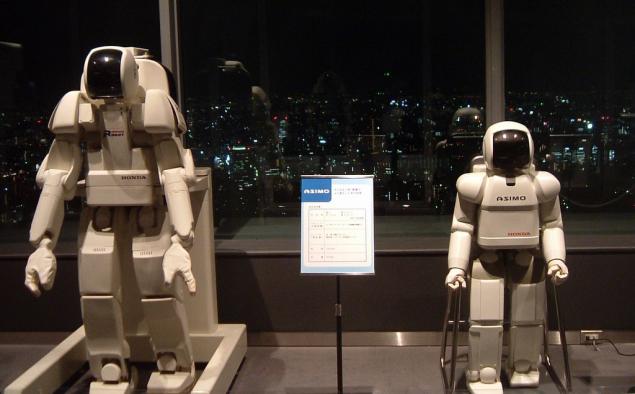
ASIMO is the 11th in a line of walking robots P-series, developed by Honda. Introduced in 2000, ASIMO can walk and run, as a person that is already awesome. ASIMO was significantly updated in 2005, which allowed him to run twice as fast (6 km / h), to interact with people and perform daily tasks, such as keeping a plate and serve the food. Number of current models ASIMO is 100 pieces worldwide, its height - 1, 28 m, and weight - about 55 kg.
ASIMO looks fun and cute in his suit. He paved the way for many subsequent models walking robots, but is still considered an advanced and powerful robot.
ASIMO is a big plus for the international branding Honda and helps companies create its image in the field of innovation and technology. ASIMO also stars in commercials for Honda and many acts. This robot is on this list because of its charming appearance, an internationally renowned and advanced technology development.
3. iCub
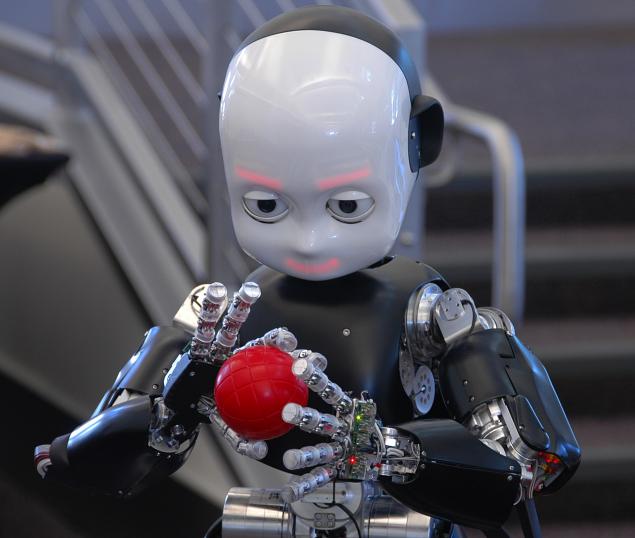
Outside humanoid is embodied cognition hypothesis.
iCub was created RobotCub Consortium, consisting of several European universities. Its name is an abbreviation part, «CUB» stands for «Cognitive Universal Body» (universal cognitive body).
Outside humanoid is embodied cognition hypothesis. It is believed that the creation of human-manipulation plays an important role in the development of human cognition. The child learns many cognitive skills by interacting with the environment and other people, using their limbs and senses, and therefore its internal model of the world is largely due to the shape of the human body.
The robot was designed to test this hypothesis. In its development scenarios applied cognitive learning through accurate reproduction of perception and articulation of a small child, the robot can interact with the world in the same way as children do.
4. Poppy

Poppy is one of the newest developments in the field of humanoid robots and the first of its kind, in fact has been created with the help of 3D-printer. A group of French researchers were able to cut costs by a third, using the latest 3D-technologies. Poppy creators focused on biologically correct walking, which they hope will contribute to a better interaction between human and robot.
It has a hinged spine with five engines - almost unheard of among the robots of this size. Spine allows Poppy not only to move more naturally, but also helps him to balance by adjusting its posture. Additional flexibility helps with physical interaction with the robot - for example, when direct his own hands, that is now needed to help the robot to walk. In the video you can see the incredible natural walking robot - from heel to toe.
5. Romeo
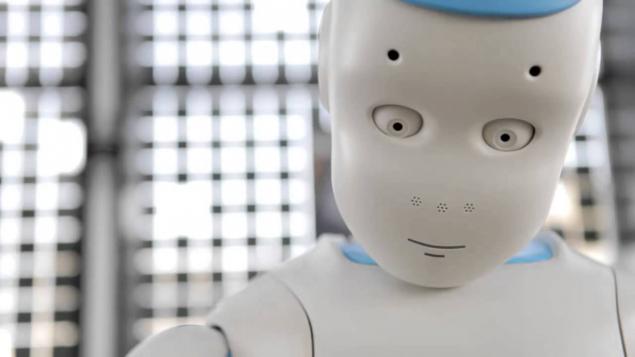
Romeo seeks to become a leader in the field of robotic assistance and personal assistance with a significant emotional component. Romeo - a descendant of a small humanoid robot called NAO, which has more than 5,000 sales and leases worldwide.
Robot size baby eight years (1, 40 m), and weighs little more (40 kg). In order to be as light as possible, its body is made of carbon fiber and rubber and has been designed in such a way as to avoid the risk of injury to the person to whom it will help. Today Romeo can walk to distinguish three-dimensional environment, hear and speak.
Schedule testing the robot in the real world is planned for 2016, the final goal - ready for use in nursing homes in 2017 or 2019. Development is partly funded by the French government and the European Commission, the draft budget for the development of Romeo is 37 million. Euro over the period 2009-2016.
6. Petman
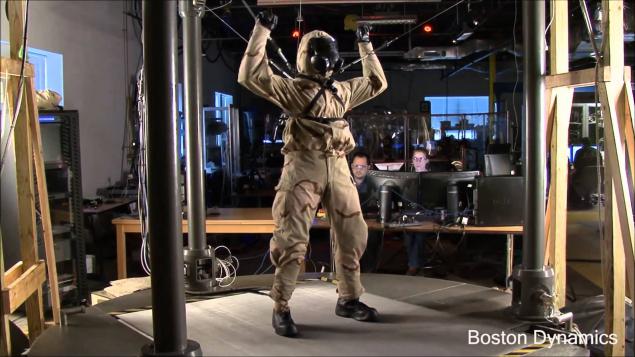
Petman is an anthropomorphic robot for testing clothing that protects against chemical attack. Vital is very important for Petman, to simulate the situation when a soldier in protective clothing exposed to external shocks in the real world.
Unlike previous robots to test suits which had limited range of movement and must have maintained mechanically, Petman balances and moves freely; He walks, bends, and performs a variety of exercise under the influence of chemical radioactive substances.
Petman also has simulated human physiology in protective suit by controlling temperature, moisture and perspiration, to provide a realistic test conditions. Petman system was provided for testing and is currently undergoing testing.
7. NAO
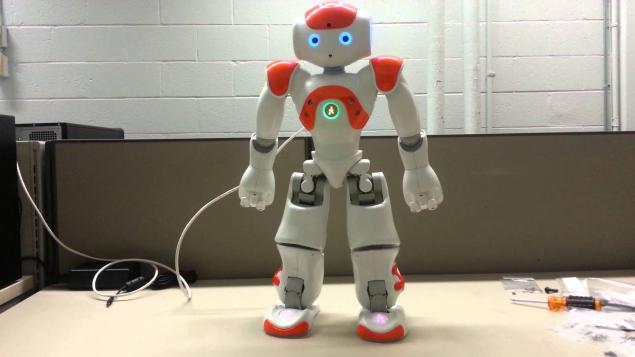
NAO humanoid robot is 58 cm in height. It was created to be a friendly companion for your home. Since 2008 he has released several versions of the robot.
The most famous instance is the NAO Nao Academics Edition, which is designed for universities and laboratories to assist in research and образовании. It was released for the institutions in 2008 and became available to customers by 2011. Later updates for the platform include Nao Nao Next Gen 2011 and 2014, Nao Evolution.
Robots NAO used in the сфере Research and образования numerous scientific institutions worldwide. As of 2015 over 5000 Nao robots are used in more than 50 countries.
8. RoboThespian
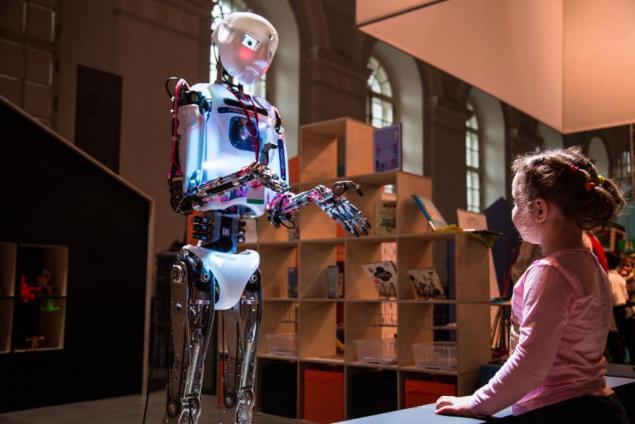
RoboThespian - it's humanoid robot in life-size, designed to interact with people in the social environment. He fully interactive , multilingual and с user-friendly interface , making it an ideal device for communication and entertainment.
The third generation of robots, after more than six years of continuous development - a tried and tested platform that is trusted by research centers, tourist attractions, коммерческие users and research institutions around the world.
It comes with a standard set of phrases to which you can add your own recorded expressions or unique content. Files that control movement, sound and video can also be downloaded.
9. Aiko Chihira

Aiko Chihira can operate autonomously, talking and gesticulating while talking with people. Researchers have recently demonstrated that Aiko Chihira more advanced than the average similar androids. The robot knows sign language and automatically adapts to the position of the interlocutor.
10. Robots half Dancer - Lexy and Tess
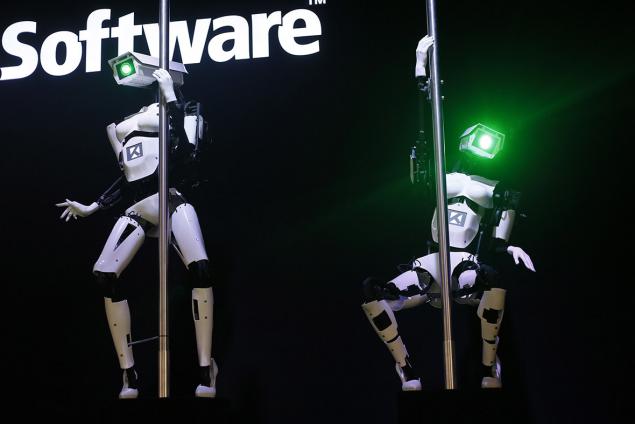
At CeBIT in Hanover, the German software developer assembled the stand, which put the two robots dancing with a DJ robot with a megaphone on the head. Two girls robot moves to the beat of the music near the pylons, but surprisingly culturally. According to the BBC, you can purchase a robot for $ 39, 500.
Source: geektimes.ru/company/robohunter/blog/252154/
Astronomers have found one of the smallest exoplanets having a size of Mars
The US Army is experiencing a shortage of operators of unmanned aerial vehicles


